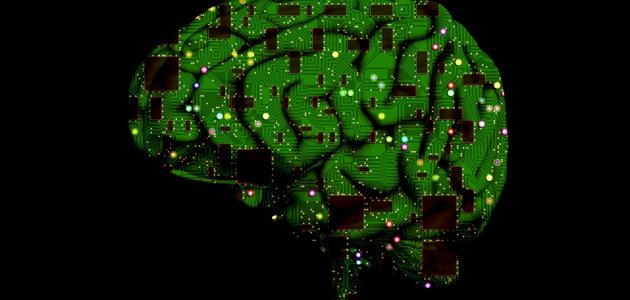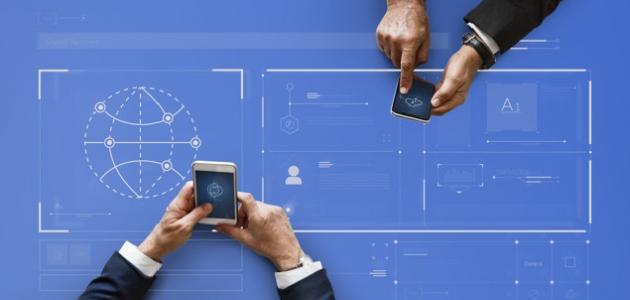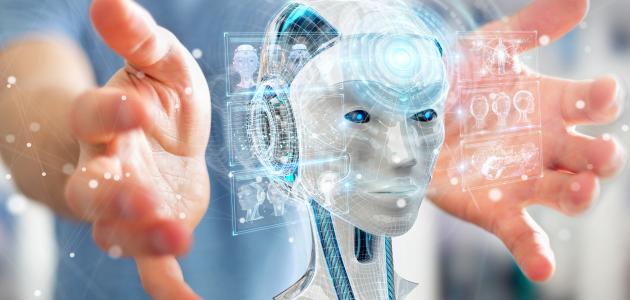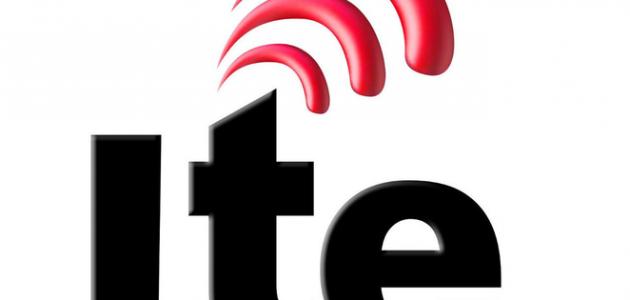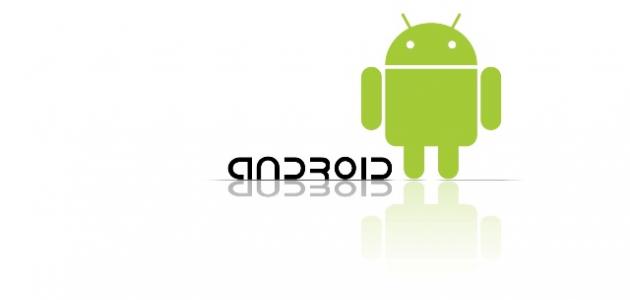Artificial intelligence
Artificial intelligence is one of the branches of computer science, and is defined as the specific characteristics and behavior of computer programs that make it simulate human mental abilities and their work patterns. The most prominent of these characteristics is the ability to deduce, learn, and react to situations that were not programmed within the machine. It is also known as design and study. Smart customers.
Artificial Intelligence Applications
It has been used in a wide range of fields such as: expert systems, medical diagnosis, Internet search engines, natural language processing, video games, stock trading, law, image recognition and analysis, children's toys, scientific discoveries, cybernetic control, and voice recognition.
History of artificial intelligence
- In the mid-twentieth century AD, scientists began to explore a new approach to building intelligent machines. Based on recent discoveries in neuroscience and the development of cybernetics through the invention of the digital computer, machines were invented that could simulate the human computational thinking process.
- The modern field of artificial intelligence research was established in 1956 when a conference was held on the campus of Dartmouth College, and the most prominent leaders of artificial intelligence research included Marvin Minsky, Herbert Simon, John McCarthy, and Allen Noel.
- In the early 1980s, artificial intelligence research saw new interest through the commercial success of expert systems, which are artificial intelligence programs that mimic the skills and analytical knowledge of one or more human experts.
- Artificial intelligence achieved great successes in the nineties and the beginning of the twenty-first century AD. Artificial intelligence has been used in data mining, logistics, the technology industry, and medical diagnosis.
Philosophy of artificial intelligence
- Honda ASIMO Robot: Artificial intelligence represents an inspiration and a challenge to the science of philosophy. Because it has the ability to recreate the capabilities of the human mind.
- Turing's Law (computational machines and intelligence): We judge a machine's intelligence based on its performance; If the device works with intelligence comparable to that of a human, then its intelligence is similar to that of a human.
- Dartmouth thesis: Every aspect of the learning process is considered a manifestation of intelligence that enables a person to design a machine that imitates it.
- Godel's incompleteness theorem: No logical system can prove all correct sentences, and Roger Penrose and others saw that this theory did not set limits on what humans can do, but rather set limits on what machines can do.
- Noel and Simon's system of physical symbols hypothesis: The essence of intelligence lies in the ability to process symbols.
- Artificial brain hypothesis: Ray Kurzweil, Hans Moervik and others have suggested that it is technically possible to copy the brain directly in software and hardware.
- Searle's hypothesis about strong artificial intelligence: Known as the Chinese Room, it centers on the possibility of a computer having a mind similar to a human's if it is properly programmed with the right inputs and outputs.
